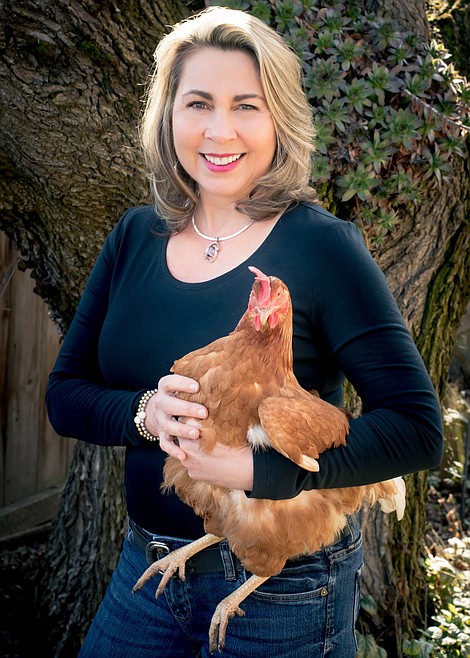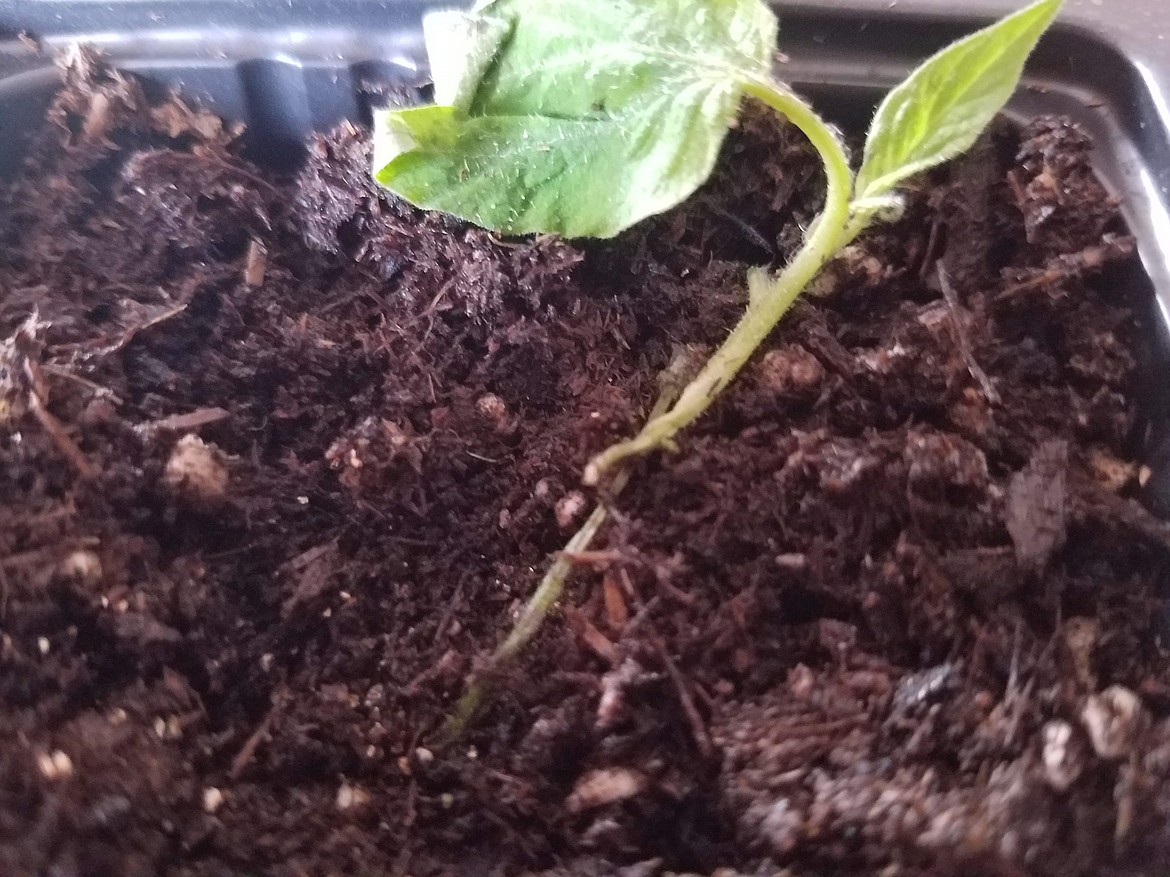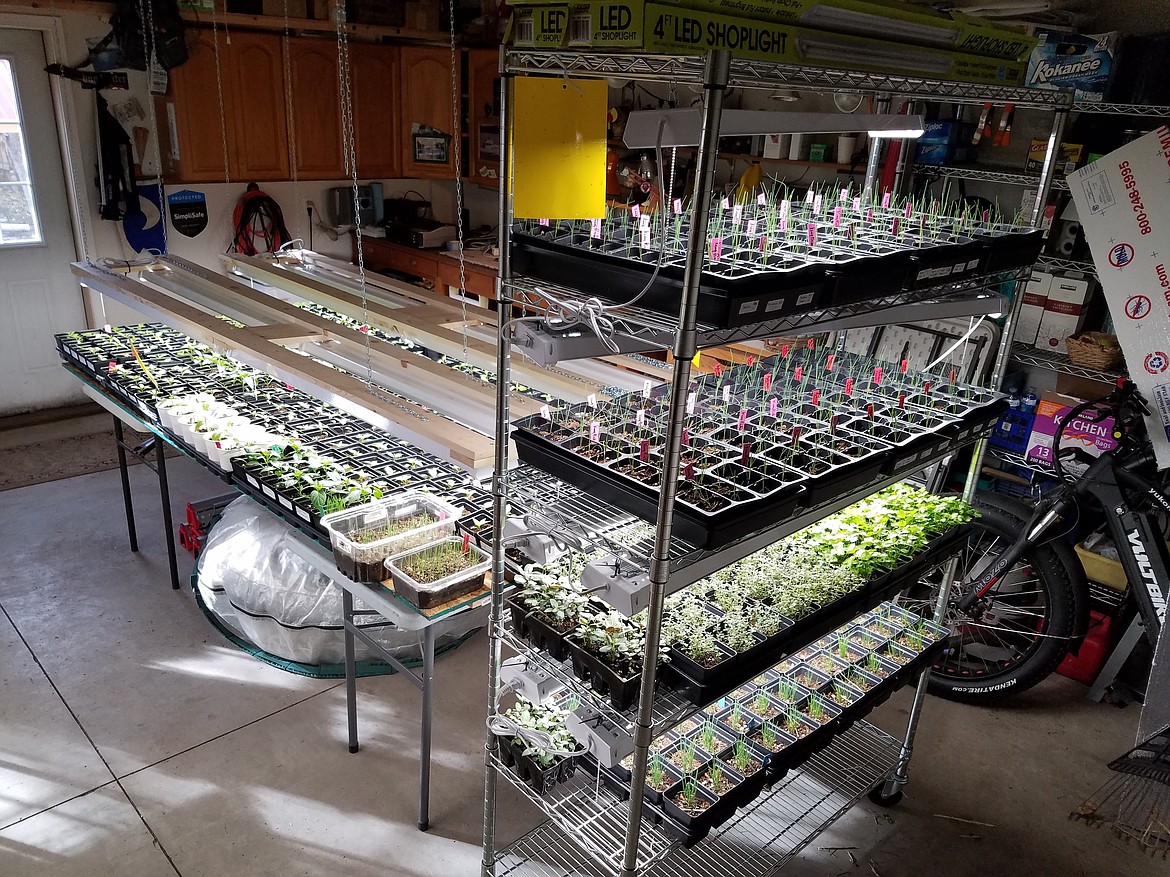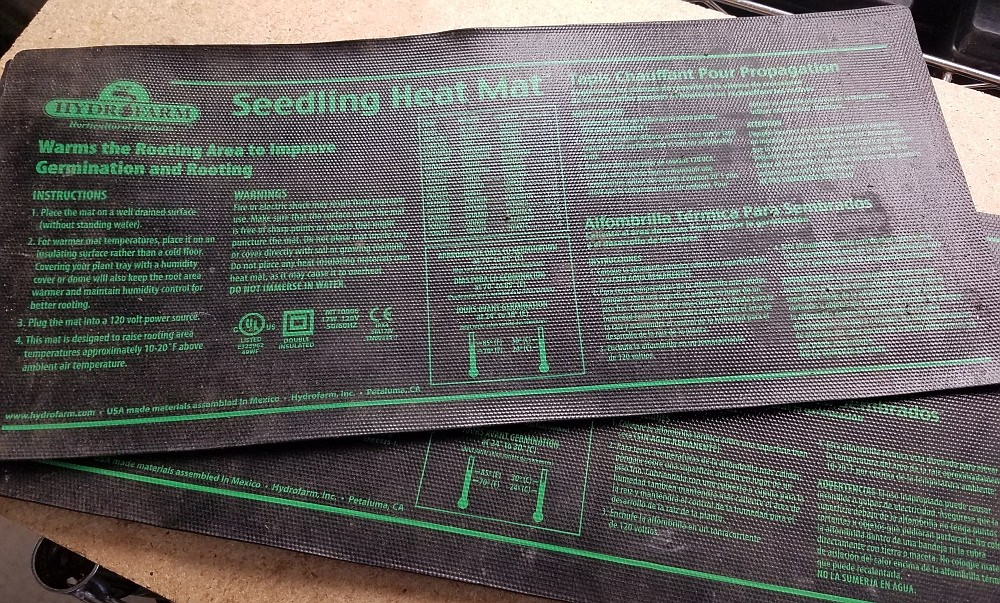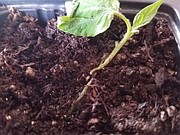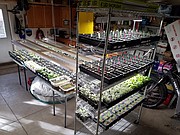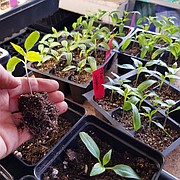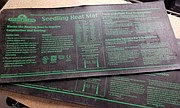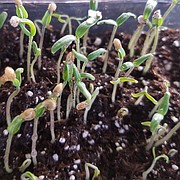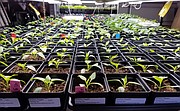Growing in North Idaho: Common seed-starting mistakes to avoid
CANDACE GODWIN/Special to The Press | Coeur d'Alene Press | UPDATED 2 years, 9 months AGO
Spring is finally here and now is the time to start your garden seeds — both indoors and out in the garden. Starting vegetables and flowers from seed is easy and cost effective — plus you have more varieties and cultivars to choose from. But there are a few pitfalls to avoid to ensure your seed-starting endeavors are a success.
Know the right time to start seeds. Timing is everything when it comes to growing from seed. Whether you are starting indoors or direct sowing into the garden, it’s critical to know the last average day of frost for your region — for our region, it’s May 15.
Warm-season crops, like tomatoes, peppers and eggplant, are usually started indoors 6 to 8 weeks prior to this date. That means these vegetables can be started indoors from mid-March to early April. If these plants are started later in the spring, they may not have enough time to mature and produce a crop before the season ends.
Cool-season vegetables, like spinach, peas, lettuces and brassicas, can also be started indoors and transplanted in the garden in mid-to-late April. Alternatively, many cool-season veggies can also be directly sown into the garden in April, once the soil is workable.
The best way to determine when to start seed is to identify the last average frost date, and using the sowing recommendations on the seed packet, count backwards to the appropriate seed-starting date. You can also find a handy seed-starting chart on the Idaho Master Gardeners website (link below).
Use quality seed-starting medium. To get your seeds off to a good start, choose a quality mix designed specifically for seed-starting. This product contains a mixture of peat or coconut coir and perlite. The consistency is very light, fluffy and has excellent drainage, which is critical for starting seeds.
Avoid using potting soil mixes that contain bark pieces or fertilizer. Heavier potting mixes can deter germination and there is no need for fertilizer — nature packs seeds with all the nutrients they need to get started.
Finally, never use soil from your garden — it’s too heavy, lacks proper drainage and may contain insects and pathogens that can be harmful to seeds and seedlings.
Don’t plant too deep. One reason why a seed fails to germinate is because it was planted too deep. When this happens, a seed can “use up” all its energy just trying to reach the soil surface. Check the planting depth recommendations on the seed packet and follow them!
Avoid starting seeds in cold or overly wet soil. Seeds need varying degrees of warmth to germinate — but very few seeds will germinate in cold soil. If you are starting seed indoors, allow the starting mix to come to the ambient temperature. Once seeds are planted, use a germination heat mat to help move germination along and aim to keep soil temperature in the 65-to-70-degree range. Once the seedlings emerge, remove them from the mat.
If you are direct seeding outdoors, make sure the soil is workable with a squeeze test — simply squeeze a handful of soil in your hand; it should be crumbly and easily fall apart, not wet and sticky. Most cool-season crops need a soil temperature of at least 50 degrees to germinate.
Go easy on the water. This is probably the No. 1 mistake in seed starting. Keep your seedlings moist, not wet. Too much water causes a fungal condition known as dampening off, where seedlings rot at the soil level and die. Let the soil surface dry a bit before watering. It’s much better to be a little dry than too wet.
Let the light shine. Seedlings need bright light to grow. In fact, they need about 12 to 16 hours of light per day. Your sunny window may not provide enough light to get them off to a good start. An inexpensive LED fluorescent shop light will provide all the light your plants need. For stocky and healthy plants, place the light a couple of inches above the seedlings and raise up the lights as they grow. No more scraggly, leggy seedlings!
Growing from seed is very rewarding — from seeing that first shoot of green emerge from the soil to the ultimate ending of a bountiful harvest. Happy planting!
• • •
Candace Godwin is a Certified Idaho Master Gardener. The University of Idaho Extension, Kootenai County Idaho Master Gardener program is located in the UI Research Park, 721 S. Lochsa St., Post Falls. Learn more about us at uidaho.edu/extension/county/kootenai/garden or on Facebook. Visit us in person, email us at kootenaimg@uidaho.edu, or call us at 208-292-2525. IMG services are free to the public.

